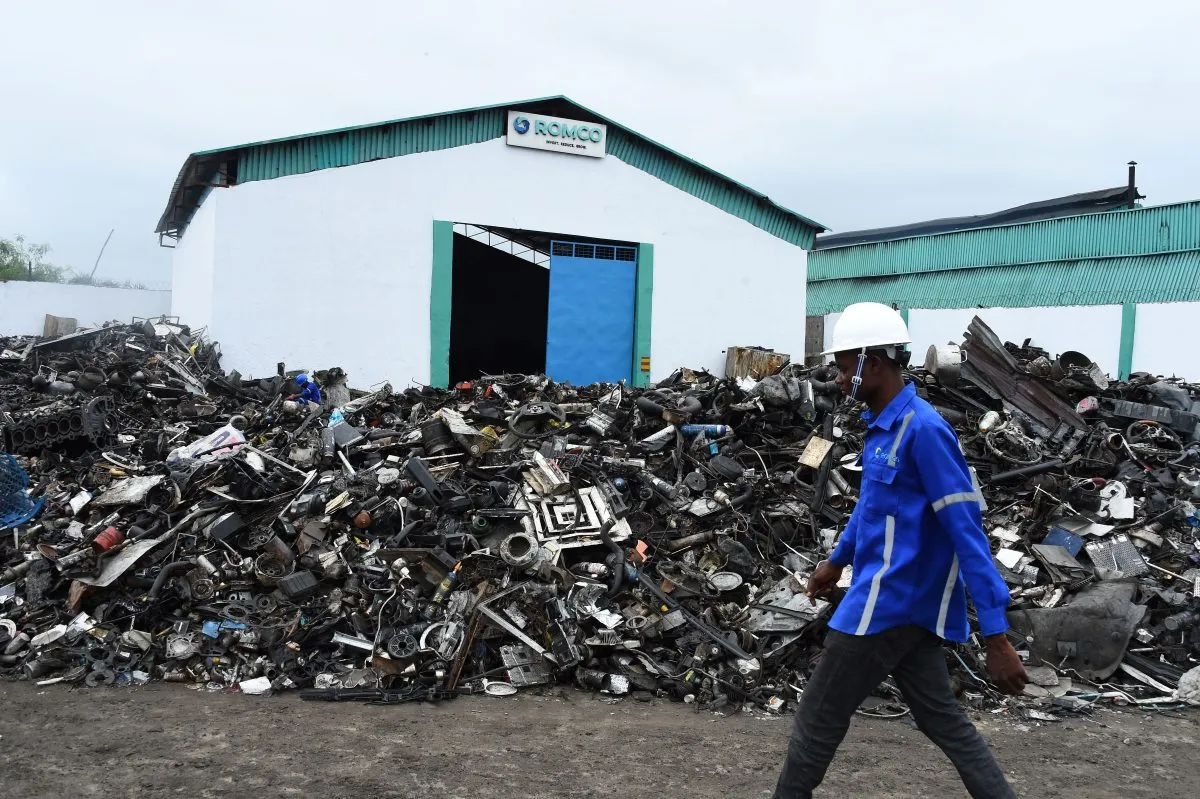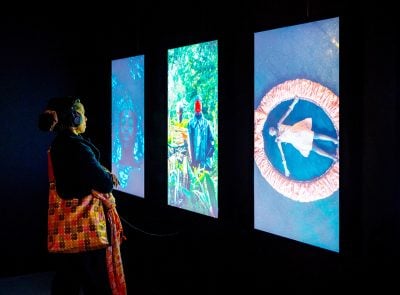This article is part of a series produced in collaboration with the African Development Bank in light of its sixtieth anniversary. Please visit our dedicated portal to read about the Bank's history and its activities on the continent.
The circular economy is an innovative economic system designed to eliminate waste and pollution, keep products and materials in use, and regenerate natural systems. Unlike the traditional linear economic model – which follows a ‘take-make-dispose’ model, where resources are extracted, used to make products, and then discarded as waste – the circular economy aims to keep resources in use for as long as possible.
According to a new analysis, the circular economy offers a billion dollar opportunity for Africa, with immense implications for efficient food systems, plastic and electronics waste management, low carbon infrastructure and sustainable mining.
For African nations, adopting a circular economic system offers a unique opportunity to address environmental challenges, create economic opportunities, and promote sustainable development. The African Development Bank is spearheading this transition through the Africa Circular Economy Facility (ACEF)
ACEF is a multi-donor trust fund committed to fostering the adoption of the circular economy model across Africa by providing grant financing for projects designed to accelerate this transition.
ACEF’s funding focuses on three main objectives. These include institutional capacity building, which primarily deals with enhancing the creation of enabling environments necessary for the circular transition, and private sector support, where the fund offers business skills development programs for start-ups and small and medium-sized enterprises (SMEs) in the circular economy.
The fund is also keen on strengthening the African Circular Economy Alliance (ACEA). This government-led coalition of African countries aims to drive the continent’s transformation to a circular economy, fostering economic growth, job creation, and positive environmental outcomes. So far in 2024, ACEF has been instrumental in the development of a national circular economy roadmap and action plan with Benin, Cameroon, Chad, Ethiopia and Uganda.
Established in 2022 with an initial capitalisation of €4m from the Government of Finland and the Nordic Development Fund, ACEF aims to increase its capitalization fivefold to €20m by 2026 and onboard five additional donor partners.
Five sectors to benefit
Which are the sectors that will benefit from ACEF’s expansion over the next few years? “We are supporting five industries that offer immediate opportunities for increased circularity in sectors that will improve the economy, jobs, and the environment on the continent in the long term,” the fund states. The priority sectors identified by ACEF include food systems, packaging, electronics, fashion and textiles, and the built environment.
In packaging , ACEF notes that around 13% of municipal solid waste in Africa is plastic, and is dumped instead of recycled. “Recycling has emerged as a solution to the growing demand for goods with plastic packaging, and it must be scaled to have a significant impact and to mitigate the environmental effects.”
Furthermore, the fund argues that moving away from single-use plastics and designing efficient packaging are ways to eliminate plastic waste at its source. “To grapple with these opportunities, new circular-inspired incentives are needed and public- private collaboration is an important success factor” ACEF states.
Similarly, there is an opportunity for Africa to explore regenerative agricultural practices. This includes adopting composting as an alternative to chemical fertilisers, the use of agricultural waste to provide energy, re-use of wastewater for irrigation, and improved post-harvest loss management.
“Rethinking agriculture presents a great opportunity for the continent as the sector employs 60% of the Sub-Saharan workforce and comprises nearly a quarter of the continent’s GDP,” the fund notes.

 Sign in with Google
Sign in with Google 



